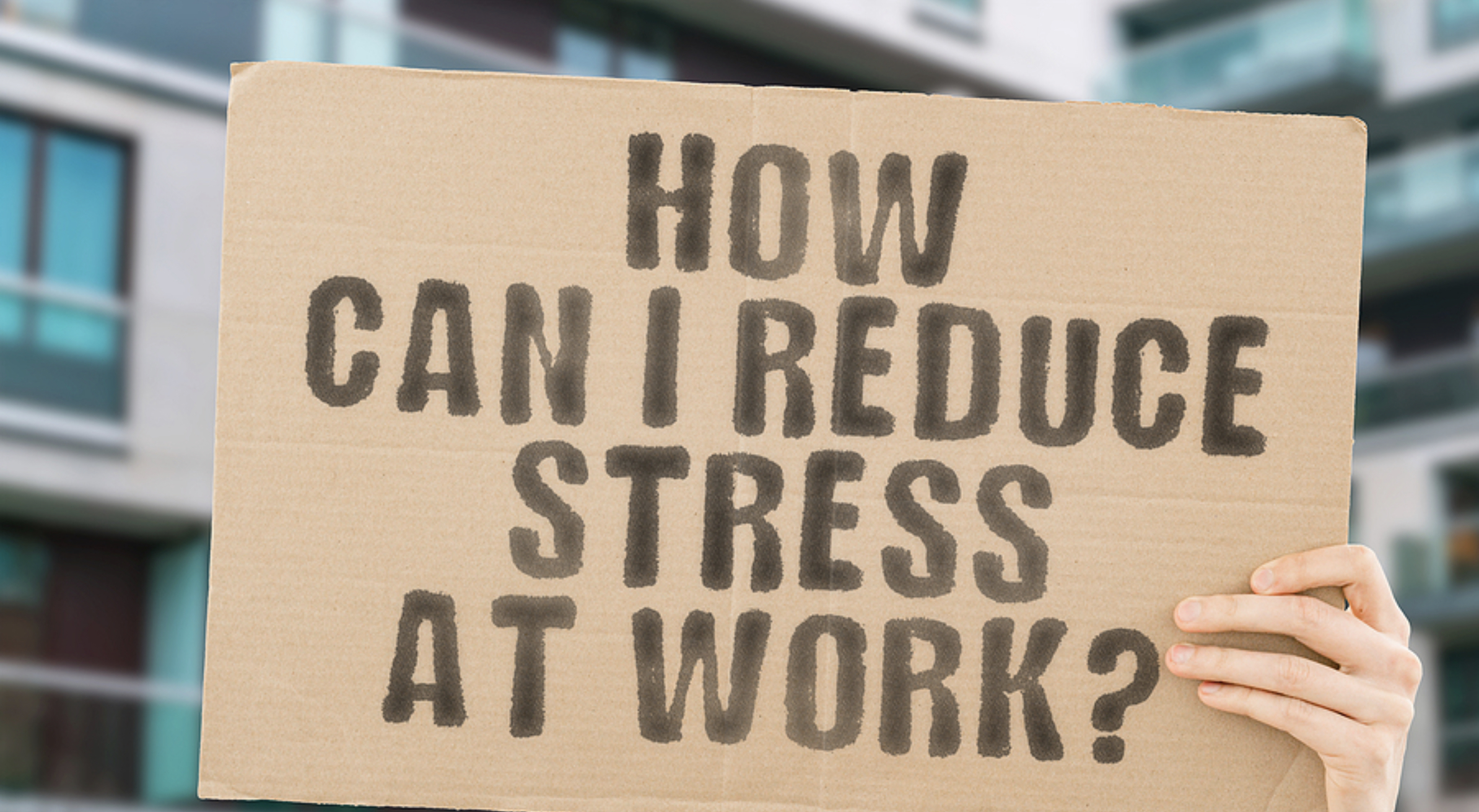Five Strategies to Identify and Reduce Stress at Work
The stress response is a natural part of being human. Our brains are wired to prepare our bodies to deal with a threat. When the body senses danger, adrenaline and cortisol course through the bloodstream to release stored energy, increase the heart rate, and prepare muscles to fight or flee. This fast response is helpful in the face of physical danger, but it can be destructive when triggered over a modern threat like a looming deadline or performance review. By addressing the sources of workplace stress and anxiety, you can create an atmosphere that is calm, creative, and productive.
1. Countering a Lack of Control
Feeling out of control increases stress levels. Employees who feel a lack of agency often exhibit frustration and apathy. You will see a drop in productivity and frequent personnel changes.
Finding ways to offer control can eliminate stress from this source. Allowing employees to arrange their work areas and computer desktops to suit their personal taste is a place to start. Having a flexible work schedule is another way to give your staff a sense of agency.
2. Taking a Communal Approach
There are several personality types. You may know some highly introverted people who are happy to work alone all day. However, most people find a lack of interaction to be a stressor. Isolation can breed anxiety. Simple conversation allows employees to debrief and destress. Building some informal group time into the day will provide community. You may even find that these group gatherings turn into impromptu brainstorming and problem-solving sessions.
3. Encouraging Focused Attention
The modern workplace can be chaotic. Emails, texts, and notifications arrive in quick succession, each one demanding attention. Employees may find constant interruptions thwart their efforts to handle their primary tasks.
As an entrepreneurial leader, you can model working with focused attention. You might suggest periods of the day where employees silence their phones and stow them in a desk drawer. Checking emails at the beginning and end of the day but not in-between is another more focused approach.
4. Establishing Meaningful Breaks
It is a misconception that a productive day involves hours of sitting at a desk. Human beings can only concentrate for so long before mental fatigue sets in.
Allowing meaningful breaks is a powerful strategy to reduce stress at work. Rather than a fast, 15-minute coffee break, offer enough time for your employee to take a walk around the block. You might also set aside a room in your office as a quiet, meditative space for employees to mentally regroup.
5. Recognize the Importance of Good Stress
The goal of workplace stress management should not be to eliminate stress but to reduce unproductive and harmful stressors. Positive stress and challenges are what help people grow and expand their abilities. Giving employees projects that stretch their skills may cause some frustration, but it will also lead to engagement and increased self-esteem. Problem-solving can be stressful, but it is ultimately rewarding.
Developing a Growth Mindset to Reduce Stress at Work
At the Productivity Intelligence Institute, I enjoy helping my entrepreneurial clients create teams that thrive. If you want to learn about positive stress, negative stress, and strategies for resilience, contact me for a consultation. I would be pleased to assist you on your journey toward growth.





